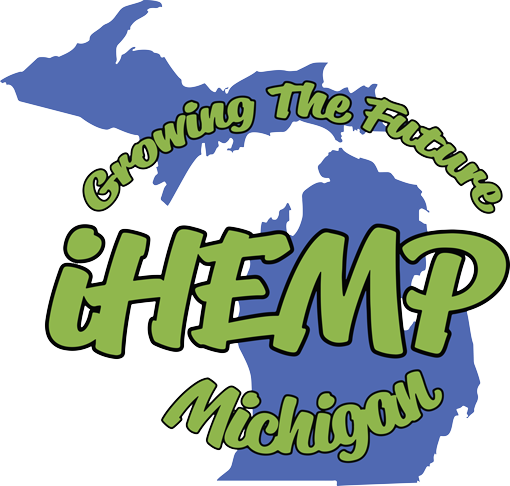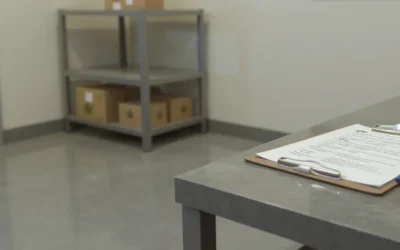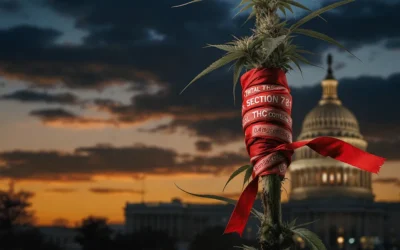The leading statewide trade association representing industrial hemp today hosted a roundtable to review Michigan’s pilot hemp season and discuss the highs and lows of the state’s newest agricultural commodity.
The roundtable, hosted by iHemp Michigan, featured regulators, farmers, processors and product manufacturers representing just a few of the many uses for industrial hemp – ranging from CBD oil to high-tech plastics.
Hemp Farmers Working Through First Michigan Harvest
Hundreds of growers participating in the state’s hemp pilot program are starting the physically demanding harvest process where most of the profit could come from the flower, which is used for CBD products that have blown up in popularity during the last year especially.
Hemp farmers, seed cultivators, processors, manufacturers and businesses are represented by the group iHemp, which gathered Monday for a roundtable as the harvest begins. Hemp farmers had thought they could go until mid-October before harvest, but the weather change in recent weeks pushed the timeline up.
Gina Alessandri, the industrial hemp program director in the Michigan Department of Agriculture and Rural Development, said the state’s pilot program brought 572 growers with a planned 32,614 acres. The pilot program also includes 423 processors.
Ms. Alessandri said it is unclear now how many of the planned 32,614 acres were actually planted. The state will ask more questions of participants later, and will find out what was planted, harvested and processed for product. And what parts of the plant farmers profited on.
While the flower for CBD products, including creams, tinctures and capsules – but not food products as federal regulations do not yet allow it – are likely the most profitable, other parts of the plant can be used for packaging, textiles and building materials.
Farmers can get roughly 1,000 pounds of hemp per acre planted, David Connor, a farmer in Paw Paw, said on Monday. Each acre could bring in $10,000 to $12,000 or more, said Mr. Connor and others speaking Monday.
Mr. Connor said there are still challenges, including the demanding process of harvesting the crop and the variance in quality. But he also said even at a lower price point, hemp will be better than corn this year.
Dave Crabill, with iHemp, said much of the attention on hemp has been focused on CBD products, but the group sees an opportunity to use the plant to produce fibers and other products.
He said the fiber has been quoted as being stronger than steel and the inner herd of the plant is a great insulator. Hemp seeds are also a super food, he said.
Gary Schuler, founder of GTF, LLC, specializes in creating secondary applications for unused plant-based materials. He said hemp can be used as a replacement for other single-use plastic products, especially with Europe banning single-use plastic.
Mr. Schuler said using hemp for things like ceiling tiles or plastic products is desirable as there is a focus on reducing carbon footprints.
“I think for the first time, the farmer has a secondary revenue source,” he said of how farmers can utilize the crop.
While hemp is related to the marijuana plant, it contains little to no tetrahydrocannabinol, which is the compound that makes a person high. CBD products in the state that are sold outside of medical marijuana stores (and later recreational marijuana stores) are required to contain 0.3 percent or less of THC.
Casey Yosin, founder of Total Health Co. in Auburn Hills, said he used CBD products to recover from a slipped disc that was made worse by a chiropractor and left him bedridden.
He said after using CBD products to recover from a “hard core” injury, he wanted to help others find relief as well.
Michael Thue, founder of Great Lakes Hemp Supplements, noted the largest demographic for CBD products are the baby boomer generation as the product is considered an anti-inflammatory and can help with pain, including from arthritis.





